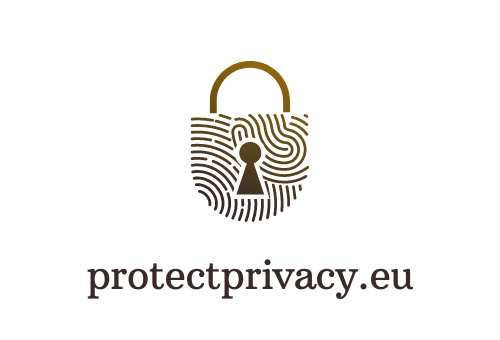Decoding Privacy Policies: What You Are Really Agreeing To

Every time you sign up for a new service, download an app, or visit a website, you are often prompted to agree to a privacy policy. But how many of us actually take the time to read and understand these lengthy, jargon-filled documents? In this article, we will break down the key elements of privacy policies and help you understand what you are really agreeing to when you click that “I Agree” button.
Why Privacy Policies Matter
Privacy policies are not just legal formalities; they are contracts between you and the service provider. They outline how your data will be collected, stored, and used. Ignoring them can lead to unintended consequences, such as your personal information being sold or misused. Therefore, understanding privacy policies is crucial for safeguarding your online privacy and cybersecurity.
Common Terms and Phrases
Before diving into the specifics, it is essential to familiarize yourself with common terms and phrases found in privacy policies:
- Personal Information: Data that can identify you, such as your name, email, and address.
- Cookies: Small files stored on your device to track your online behavior.
- Third-Parties: Other companies or entities that may receive your data.
- Opt-Out: The ability to prevent your data from being collected or shared.
Data Collection and Usage
One of the main sections in any privacy policy is about data collection and usage. Here, you will find details on:
- Types of Data Collected: This could range from basic information like your name and email to more sensitive data like your location.
- Purpose of Collection: Why the company needs this data, often for things like improving services or targeted advertising.
- Data Retention: How long your data will be stored.
Read Next: Phishing 2.0: The New Techniques Cybercriminals Are Using And How To Spot Them
Third-Party Sharing
Another crucial section is about third-party sharing. Companies often share your data with other organizations for various reasons, such as marketing or analytics. Look for:
- Who Gets Your Data: Specific third-parties that will have access to your information.
- What They Do With It: How these third-parties will use your data.
Security Measures
A responsible company will also outline the security measures they have in place to protect your data. This can include:
- Encryption: Scrambling data so it can only be read by authorized parties.
- Two-Factor Authentication: An additional layer of security requiring two forms of identification.
Your Rights and Choices
Lastly, a good privacy policy will inform you of your rights and choices regarding your data. This can include:
- Access: The ability to view the data the company has on you.
- Correction: The option to correct any inaccurate information.
- Deletion: The right to have your data deleted.
Conclusion
Privacy policies are more than just tedious legal documents; they are your first line of defense in protecting your online privacy and cybersecurity. By understanding what you are agreeing to, you can make more informed choices and better safeguard your personal information.

So, the next time you’re prompted to agree to a privacy policy, take a few minutes to read through it. Your online safety may depend on it.







